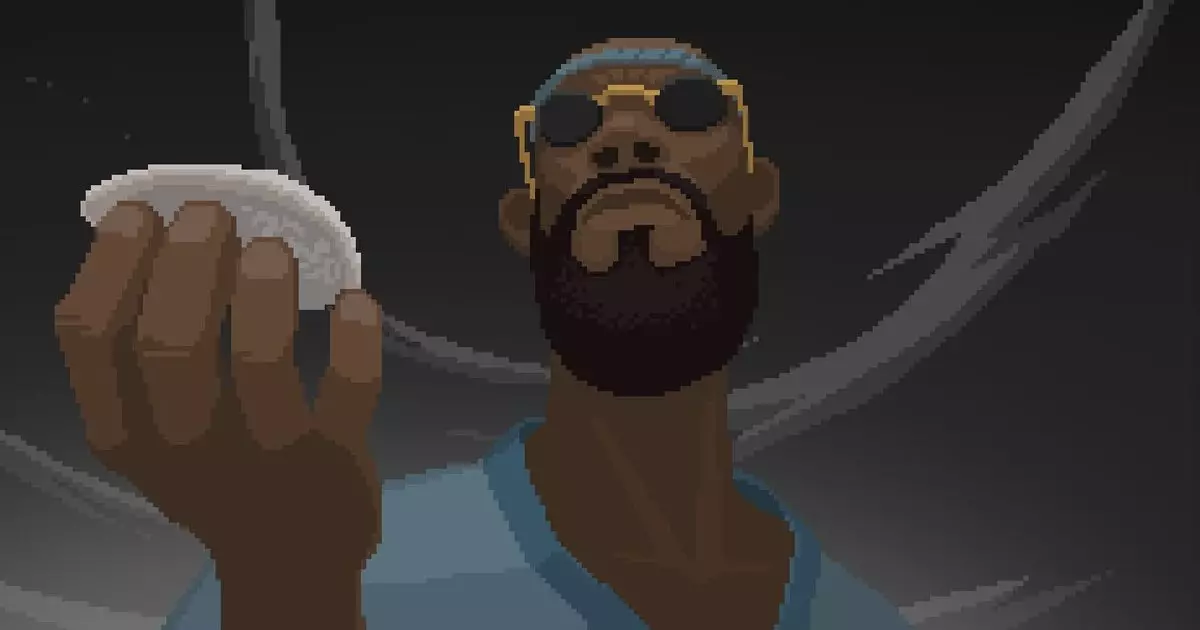In the evolving landscape of video games, the label “indie” has become as ambiguous as it is coveted. It conjures images of passion-furred creators, innovative gameplay, and a defiant spirit of artistic freedom. Yet, beneath this romanticized veneer lies a tangled web of marketing, funding, and perception. Is a game truly indie if it survives on a publisher’s backing, or if its team is smaller than a dozen passionate developers? This persistent questioning reveals a key flaw: we often conflate superficial traits with genuine independence, ignoring the complex realities that shape a game’s creation.
When a game like *Dave The Diver* garners a nomination for Best Independent Game, controversy swiftly follows. The immediate assumption is that it evades the “indie” label simply because a giant publisher like Nexon funds it. But does financial backing automatically eliminate independence? Or is it possible for games to retain a sense of creative agility despite corporate ties? The answer transcends simple categories because industry realities frequently blur the lines. It’s not just about who pays the bills; it’s about the creative autonomy and project ownership that underpin a true indie spirit.
The Illusion of Small Teams as a Marker of Independence
Many gamers and critics anchor the idea of an indie to small team sizes. There’s an inherent romance in the image of a handful of artists, coders, and musicians shaping a universe by their own labor. However, this narrative fails to acknowledge how collaborative modern game development truly is. Studios with dozens—sometimes hundreds—of staff often produce innovative titles that resonate on a cultural level. Conversely, a one-person project can be heavily financibbliated, controlled, and influenced by external forces, undermining its independence.
The case of *Dave The Diver*, a game developed by a relatively small team at Mintrocket, illustrates this point vividly. Despite its size and stylistic choices that remind players of indie aesthetics, the studio explicitly states that their partnership with Nexon makes their work less “indie” in the traditional sense. Their critical assertion is that “independent” is a broad term, not a universal badge of honor or authenticity. Industry awards that celebrate indie games are increasingly challenged by such nuances, revealing a need for a more sophisticated understanding of what independence truly entails.
The Cultural and Commercial Significance of Genre Labels
Labels like “indie” do more than describe a game’s development background—they shape perceptions, marketing, and cultural reception. The problem arises when these labels become weaponized or overly politicized, as seen in the controversy over *Dave The Diver*. Mainstream platforms and awards often rely on heuristic markers that are easy to apply: small team size, lack of funding, or stylistic choices. Yet, these markers are imperfect. They can obscure the actual creative process, the artistic risks undertaken, and the context in which the game was made.
The media, developers, and players must grapple with how they interpret these categories. Geoff Keighley’s acknowledgment that “independent is a broad term” underscores the fluidity of such definitions. It seems we prefer neat boxes in a chaotic industry—boxes that often don’t fit the multifaceted reality of game development.
What this reveals is that the power of a game doesn’t lie solely in its label but in its capacity to surprise, challenge, and entertain beyond expectations. Whether it’s a game funded by a giant publisher or a tiny indie studio, what matters most is the experience it delivers—independent or not.
Reevaluating Integrity in the Age of Commercial Collaboration
Ultimately, the debate raises a larger philosophical question: should the industry prioritize true independence, or is commercial viability and partnership just part of the modern ecosystem? The answer is complex. Many talented developers operate within the constraints of funding and partnership, yet still manage to breathe originality and authenticity into their projects.
The experience of *Dave The Diver* highlights a vital point: labels can distract from what genuinely matters—a game’s ability to engage, innovate, and leave a lasting impression. Framing it as an indie or not could be less important than recognizing the craftsmanship behind it. For players and critics, the real challenge is to look beyond binary categories and appreciate the diverse paths that lead to creative expression.
By doing so, we embrace a richer, more inclusive understanding of what makes a game truly independent—whether that independence is rooted in funding, development practices, or simply the spirit of innovation that refuses to be boxed in.


Leave a Reply